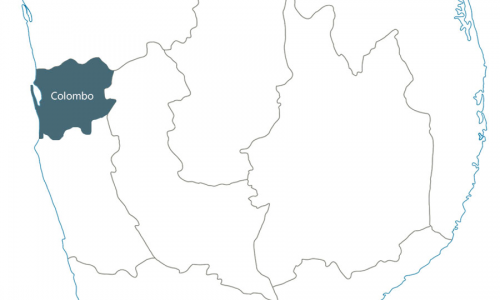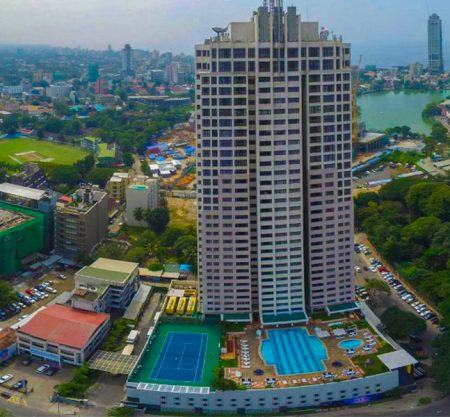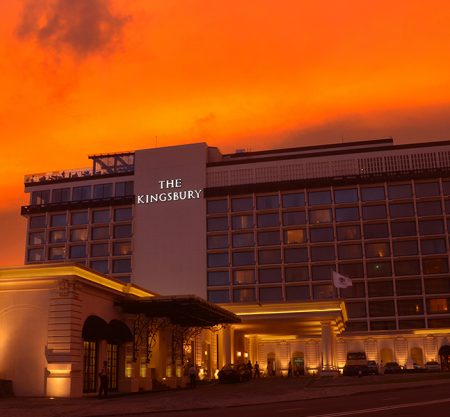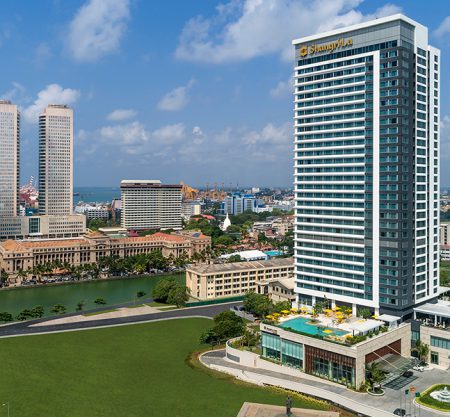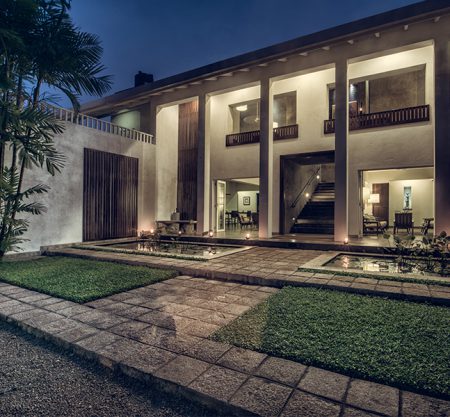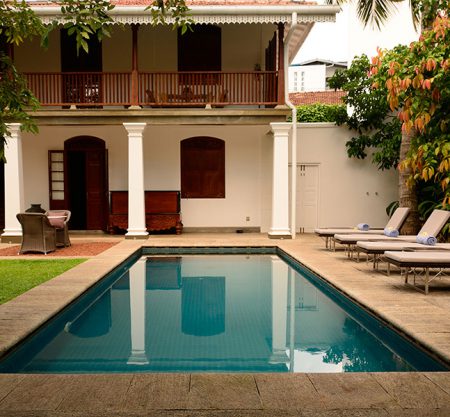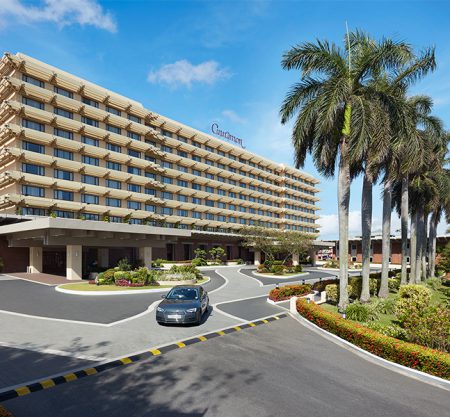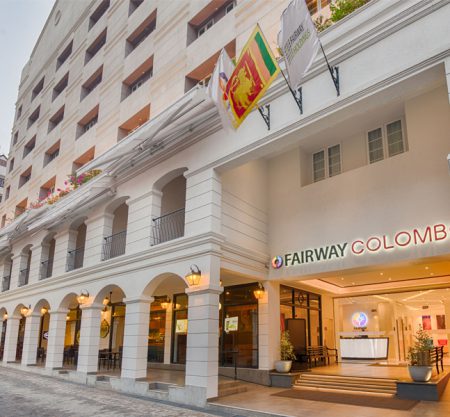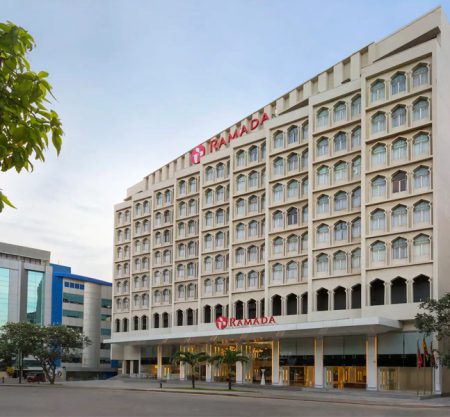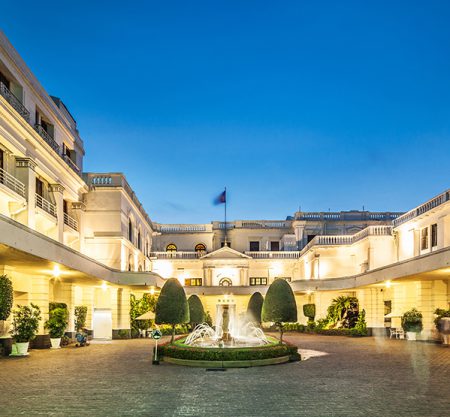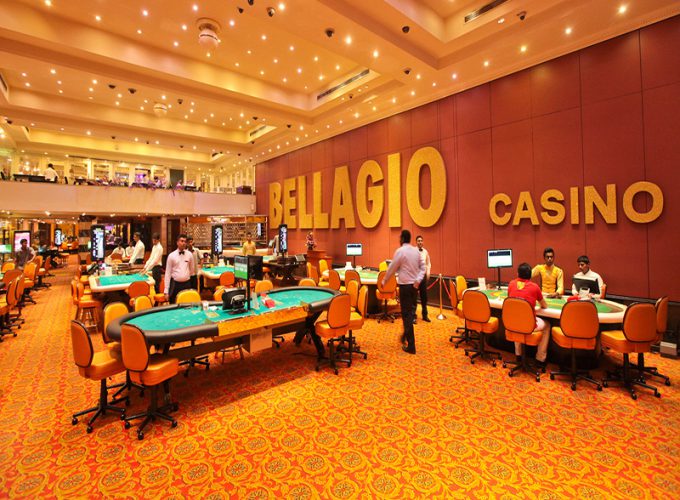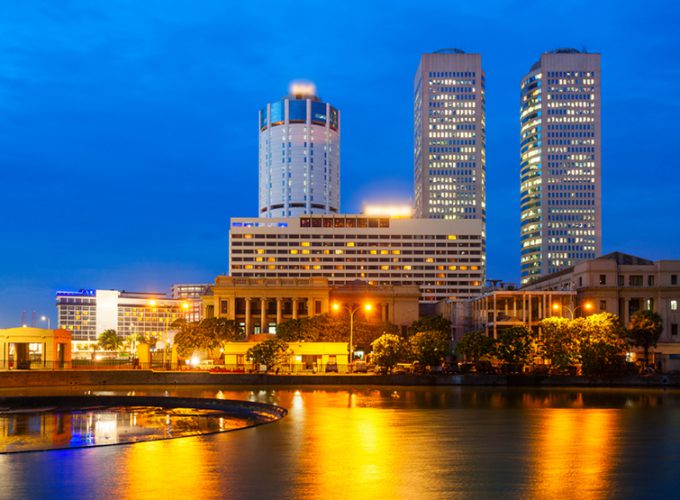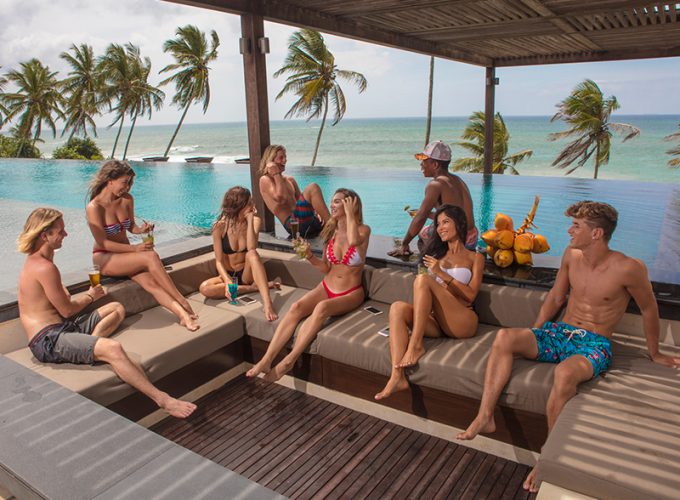Colombo
Colombo zone is the highest populated and highest developed touristic zones. The trading capital of the country has about 5.6 million population and was the trading hub for many years down the history. Colombo is a proper metropolitan hub with all transport methods being centered around the city. The administration capital of Sri Lanka, Sri Jayawardenapura Kotte is also in suburban Colombo. The harbor makes Colombo the most strategic trading point in the country and probably the whole of South Asia. There is a list of stories behind the deriving of the name Colombo and stories track back the trading that had happened in the zone centuries back. This trading attracted the colonial rulers of the country who were powerful in naval power who were the nationalities as Portuguese, Dutch and English. Colombo’s geography is a mix of land and water. The city has many canals and, in the heart of the city is the the 65-hectare (160-acre) Beira Lake. The lake is one of the most distinctive landmarks of Colombo, and was used for centuries by colonists to defend the city as a moat and also extending towards the inner western coastal range acting as a canal system in transportation of goods. Colombo features a tropical monsoon climate under the Köppen climate classification, falling just short of a tropical rainforest climate. Colombo’s climate is hot throughout the year. From March to April the average high temperature is around 31 °C (87.8 °F).
The only major change in the Colombo weather occurs during the monsoon seasons from April to June and September to November, when heavy rains occur. Colombo is a multi-religious, multi-ethnic, multi-cultural city. The population of Colombo is a mix of numerous ethnic groups, mainly Sinhalese, Sri Lankan Tamils, and Sri Lankan Moor. There are also small communities of people with Chinese, Portuguese Burgher, Dutch Burgher, Malay, and Indian origins living in the city, as well as numerous European expatriates.

